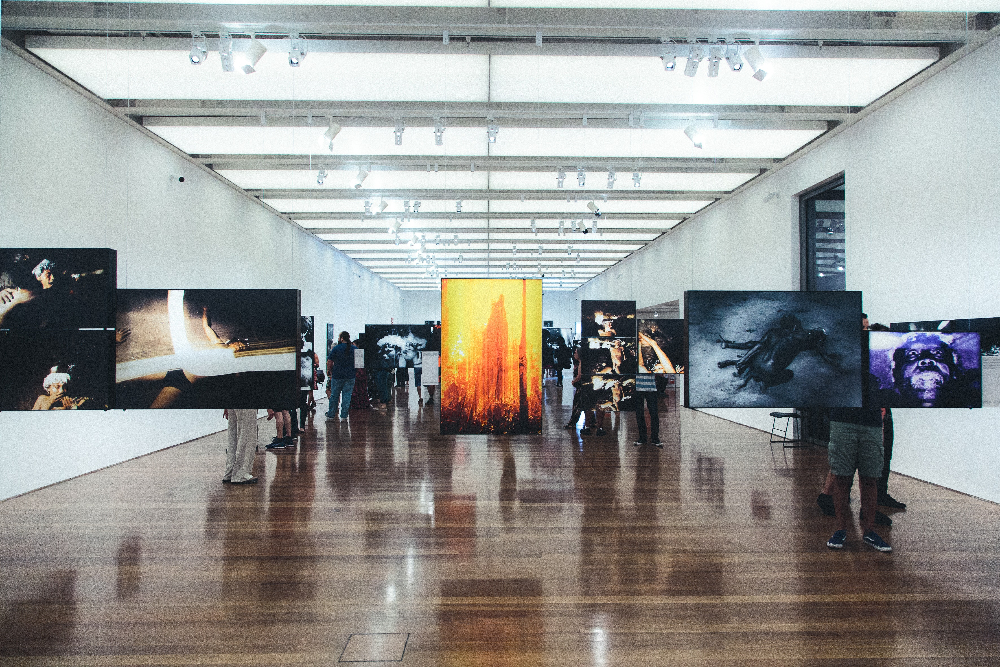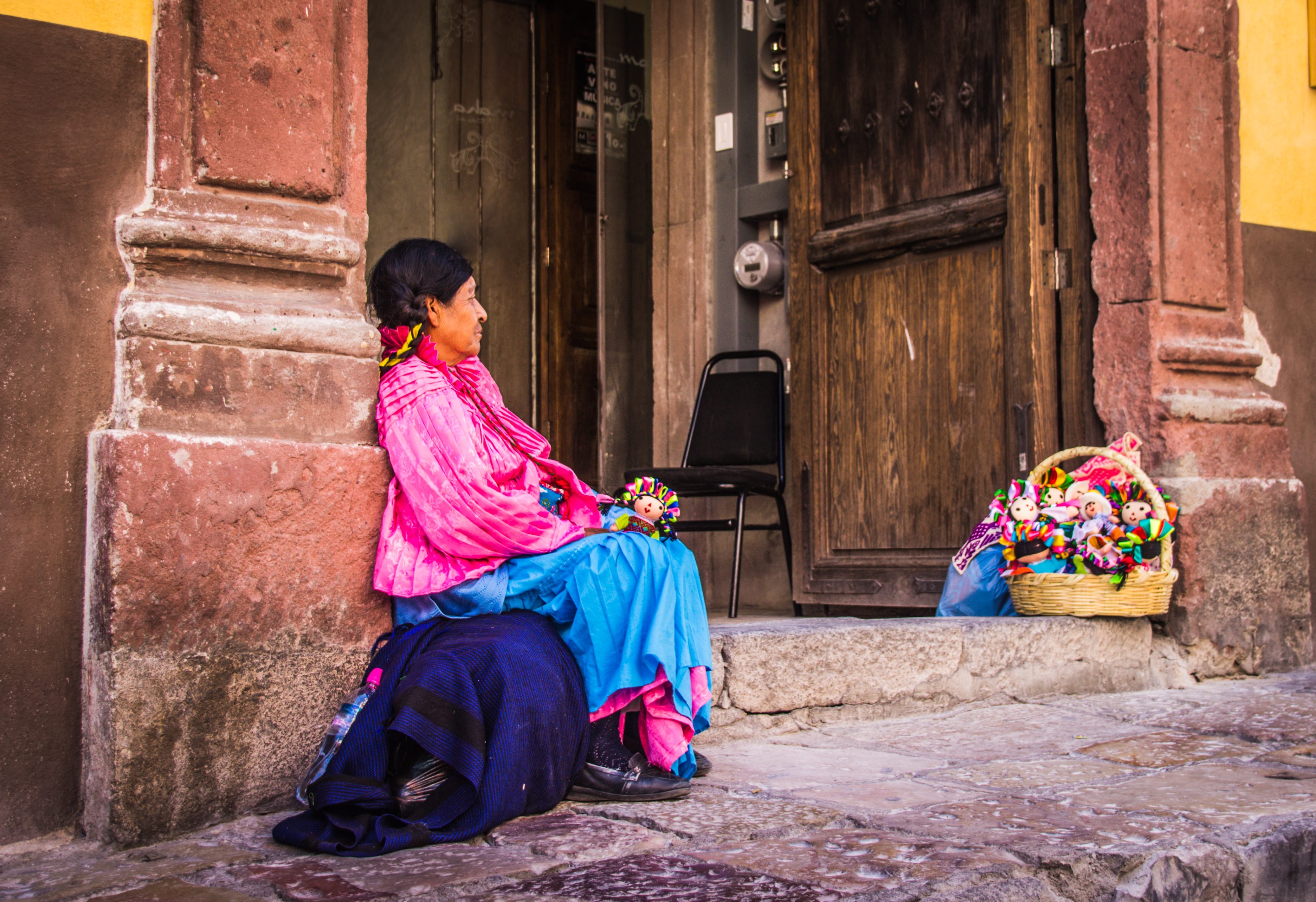We need to do our share to honor this magnificent form of expression and assist the people who make it by buying only ethically sourced items and ensuring we respect regulations around the use of the artworks.
As our world expands, discovering new forms of creative expression and learning about other cultures, it is becoming increasingly important to recognize the need for balance and appreciate the artistic freedom of exploring global traditions and respecting those cultures.
Striking a balance between them can be tough, but it can create unique art that praises creative innovation while acknowledging the valuable past.
Indigenous traditions and artistic expression
Artistic expression is an essential component of indigenous traditions, and elders have utilized it to pass down culture and knowledge for years. We can only conjecture about the significance of artistic representations at the time.
However, many of these same cultural expressions are currently used to promote awareness of indigenous peoples’ tremendous connection to their land, culture, and people. Art, ranging from paintings to songs and dances, assists in enhancing our understanding of indigenous cultures’ traditions, rituals, and beliefs.
By studying this artwork, we pay homage to the traditions from which these art forms originated. Additionally, we appreciate its distinctive beauty and recognize how this artwork can offer crucial knowledge about our shared heritage.
Impact of artistic expression on respect for culture
Generations of elders have conveyed the history, culture, and knowledge that define who they are as a people through visual artwork, song, and storytelling. This results in generations gaining knowledge, understanding, and respect for the land and its people.
Artistic expression can provide spaces for ongoing learning of traditional values, which can aid in keeping this legacy alive. Sharing experiences, talents, traditions, and stories through writing, painting, singing and other forms of expression make indigenous history and cultures visible and understandable.
For example, the impact of artistic expression can:
- Provide a glimpse into the lives of many indigenous cultures today.
- Promote creative self-expression while conserving indigenous culture at a time when assimilation is frequently perceived as the only option.
- Allow the public access to some of the most ancient and cherished traditional values while teaching us how to use them daily.
Art to promote indigenous cultural respect
Art has long been an effective means of communicating cultural identity and viewpoints. It could be an excellent means of promoting indigenous culture and respect for other worldviews.
According to research, creative activities can promote affiliation, self-expression, empowerment, and cultural pride. This procedure might include a variety of tasks, such as drawing traditional symbols or constructing sculptures depicting spiritual figures.
Education initiatives aimed at understanding and appreciating indigenous Art may also significantly raise awareness of Australian indigenous culture. By exploring these creative alternatives, communities can better understand the importance of Australian indigenous people in displaying their cultural heritage.
How to buy indigenous art ethically

Buying indigenous art is a fantastic way to support the local economy while also demonstrating respect for the culture. However, you need to ensure you are buying ethically. The easiest way to achieve this is to look for stores that associate with or collaborate with indigenous art centers, which assure fair remuneration for the artists and rights to their designs. Of course, you can also visit indigenous communities directly and buy from them.
If buying online, don’t hesitate to ask questions about how it was manufactured, who made it, and where the profit eventually goes; doing so will assist guarantee that your purchase helps to honor rather than abuse traditional indigenous culture.
Conventions for intellectual property
Before incorporating and utilizing indigenous creative works, such as music, storytelling, or visual arts, it is critical for individuals developing content to acquire permission from the relevant Aboriginal groups. The Australian Government, for example, fosters cultural integrity among its people and encourages our first nations artists to continue developing their artistic abilities without fear of being exploited or misappropriated by others.
These protocols will prevent the misappropriation of Aboriginal and Torres Strait Islander peoples’ traditional knowledge, stories, and designs. It also allows for more meaningful collaborations between indigenous and non-indigenous groups to use these cultural treasures. This is a significant step towards improved cultural understanding and demonstrates Australia’s genuine respect for indigenous culture.
Preserving indigenous art
Indigenous art is a unique and significant component of cultures worldwide. Engaging creatively is a fantastic opportunity to experience firsthand the many traditions of our country’s indigenous people, united in a timeless expression of respect and affection.
Still, we need to do our share to honor this magnificent form of expression and assist the people who make it by buying only ethically sourced items and ensuring we respect regulations around the use of the artworks.


Join the conversation!